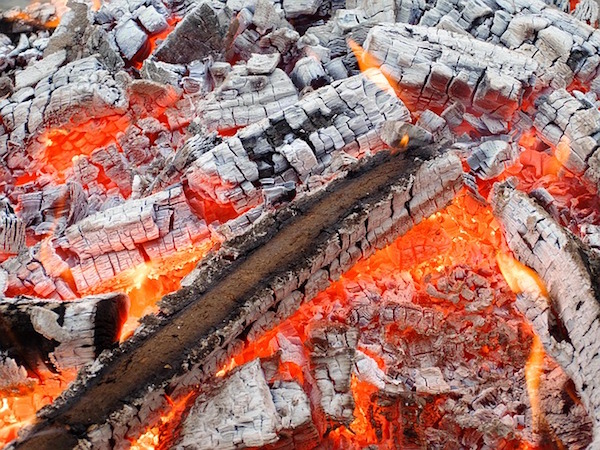
Maybe you’ve found yourself shaking your head in disbelief at the size of your heating bill. Or maybe you’re worried about the impact of fossil fuels on the environment. Whatever the reason, you’re wondering whether a wood furnace is the solution for your home heating needs. Many homeowners are finding that a wood-burning furnace is an economical, convenient way to heat their homes.
Why a Wood Furnace?
Many users prefer wood fuel because of its advantages to the environment. For one thing, burning biomass fuels like wood doesn’t increase the overall amount of carbon dioxide in the atmosphere, and therefore does not contribute to the greenhouse effect in the way that fossil fuels do. Also, wood is a renewable resource, which means that as long as it is harvested responsibly, it is easier on future generations.
Other users switch to a wood furnace because they are just plain fed up with being at the mercy of big corporations. These independent-minded folks would rather see their heating dollars go to a local woodlot than to an oil or electricity conglomerate. They find it satisfying to buy their own fuel and feed their own fire, rather than waiting for a delivery person to do it for them. Plus, those that live in suburban or rural areas find that they can save up to 25 percent off of their home heating bill over all.
Types of Wood-Burning Furnaces
Three main types of wood furnaces are in use today. A Central Wood Furnace is installed inside the house—in the basement, the garage, or a mechanical room in the house. This type of wood furnace uses either a forced-air or hot-water system to distribute heat through the rest of the house.
An Outdoor Wood Furnace is situated in a shed in the yard, generally between 50 and 150 feet away from the house. The heating unit is surrounded by a water tank, and the heated water is pumped into the house by way of insulated underground pipes. The heat from the water then radiates throughout the house. The advantage of an outdoor wood furnace is that the wood fire itself is taken outside the home, making it safer.
A Multi-Fuel Furnace can be either inside or outside the home. It is able to burn several types of fuel, such as wood, coal, oil or gas. Many users choose these for their flexibility—using wood as a primary resource, but with the option of using another fuel as a backup.
In all these types of wood-burning furnaces, the heat is controlled by a thermostat, just as it is with other heating systems. When the house is warm enough, a damper closes and the fire in the furnace smolders. If the temperature drops and heat is needed, the dampers open and the fire warms up again.
Ready to start your wood burning furnace?
Find ProsInstallation of a Wood Furnace
Most of the time, wood-burning furnaces use the existing pipes or ductwork in the house, so the conversion from another type of furnace is easy. It is important to match the size of the unit to the size of your home. You should have a professional calculate the blower size and BTU output that you need—you don’t want to guess on this one. Similarly, accessories like the air filter, humidifier, and blower must match up with your unit, or they won’t work properly.
Also, make sure you have reliable access to wood. Depending on where you live, the average wood furnace uses 5 to 10 cords every year.
Some people still associate wood furnaces with fire danger, but ever since the 1980s, the wood energy industry and various governmental agencies have put safety standards and installation codes in place that have made wood-burning furnaces as safe as ay other type of home heating.
If you are building a home, or looking to replace your existing heating system, a wood furnace may be exactly what you need.
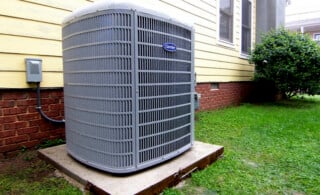 Air Conditioner Condenser Coil Costs, Repairs & Replacements
Air Conditioner Condenser Coil Costs, Repairs & Replacements 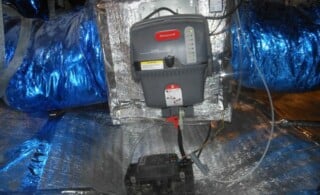 Whole House Humidifiers
Whole House Humidifiers 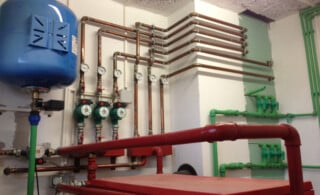 Choosing Green: Boilers and Radiator Heating Systems
Choosing Green: Boilers and Radiator Heating Systems 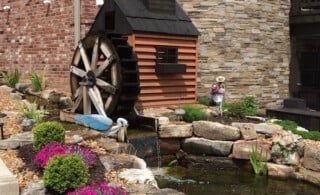 Air Conditioner Covers
Air Conditioner Covers  Outdoor Heaters: a Refuge from the Cold
Outdoor Heaters: a Refuge from the Cold 

Are You Familiar With This Topic? Share Your Experience.